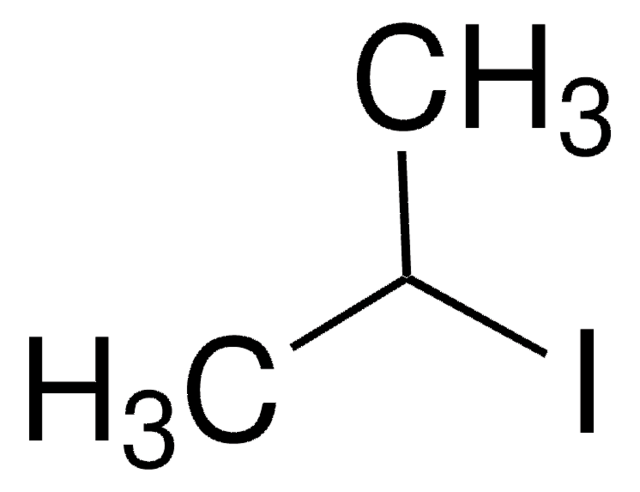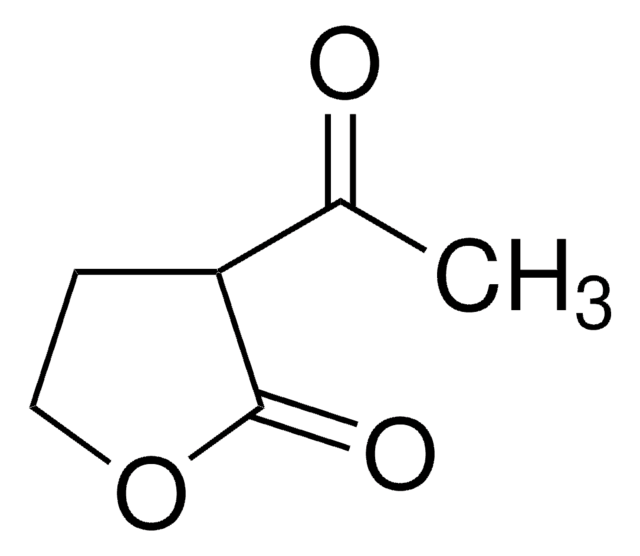398098
Hydriodic acid
contains no stabilizer, ACS reagent, 55%
Synonym(s):
Hydriotic acid
About This Item
Recommended Products
grade
ACS reagent
Quality Level
Assay
55%
55.0-58.0% (ACS specification)
form
liquid
does not contain
stabilizer
impurities
≤0.75% I2
ign. residue
≤0.01%
bp
127 °C (lit.)
density
1.7 g/mL at 25 °C
anion traces
bromide, chloride (as Cl-): ≤0.05%
phosphate (PO43-): ≤0.001%
sulfate (SO42-): ≤0.005%
cation traces
Fe: ≤0.001%
heavy metals (as Pb): ≤0.001%
storage temp.
2-8°C
SMILES string
I
InChI
1S/HI/h1H
InChI key
XMBWDFGMSWQBCA-UHFFFAOYSA-N
Looking for similar products? Visit Product Comparison Guide
Related Categories
General description
Application
It may be used in the following processes:
- Deiodination process during the synthesis of partially fluorinated pyridinium bromides.
- As a reducing agent for oxidized graphene nanoribbons (OGN).
- In combination with red phosphorus to reduce pseudoephedrine in the synthesis of methamphetamine.
Signal Word
Danger
Hazard Statements
Precautionary Statements
Hazard Classifications
Aquatic Chronic 2 - Eye Dam. 1 - Met. Corr. 1 - Skin Corr. 1B
Storage Class Code
8B - Non-combustible corrosive hazardous materials
WGK
WGK 1
Flash Point(F)
Not applicable
Flash Point(C)
Not applicable
Certificates of Analysis (COA)
Search for Certificates of Analysis (COA) by entering the products Lot/Batch Number. Lot and Batch Numbers can be found on a product’s label following the words ‘Lot’ or ‘Batch’.
Already Own This Product?
Find documentation for the products that you have recently purchased in the Document Library.
Customers Also Viewed
Our team of scientists has experience in all areas of research including Life Science, Material Science, Chemical Synthesis, Chromatography, Analytical and many others.
Contact Technical Service








